Tabla de contenido
Rest, recovery, regeneration, and relaxation are words that describe the process that allows our body to adapt and recover to train more and more, increasing the training, which must always be kept in mind.
Getting enough sleep, performing stretching exercises, joint mobility, massages, engaging in some recreational activity or alternative sport to running (cycling, swimming, etc.), and eating well, are all parts of effective recovery and offer many benefits to the athlete.
Recovery techniques increase the speed and quality of our body’s recovery from post-workout stress, which will directly impact our ability to train more rigorously and increase volume step by step with firmness.
It is normal to feel somewhat tired after a training session; being tired is not bad, and being tired after training is part of the process. However, being very tired and dragging that tiredness from one session to the next can cause serious problems.
Sleep
Sleep is a key recovery technique. Everyone needs to sleep; some athletes need more sleep than others, so it’s important to know what we need to feel rested and recovered.
Training Intensity
It is a mistake to always train very hard. If the intensity of training sessions is always high, the result will be excessive stress on the body and residual fatigue that will carry over from one session to another. For this reason, the training plan must consider the basic types: aerobic and anaerobic.
Aerobic training is the type of training that will provide us with sufficient endurance to perform anaerobic (high-intensity) workouts with guarantees of assimilating them well and being productive. Aerobic training is performed at low intensity and provides our body with the physiological characteristics necessary to work at higher intensities and recover faster from great efforts and competitions.
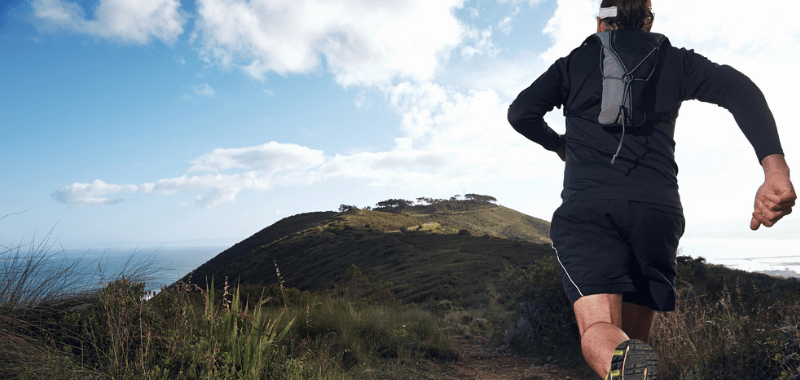
Proper Planning
This implies having a training plan tailored to us, based on our physiological data, adapted to our goals, and consistent with it to achieve that adaptation.
Factors such as rest, training systems, duration, intensity, and days to train must be considered in planning.
We cannot follow the plan of other athletes because it probably will not fit our conditions at all, nor will we try to do the same volume of kilometers or paces. After all, we have heard that another runner trains that way. Each person is different, and what works for some may not work for others.
It’s part of caring for ourselves and continuing to run without injuries.
Source: Marcela Graciela Pensa
Physical Education Teacher
Neurophysiologist
Marathon runner




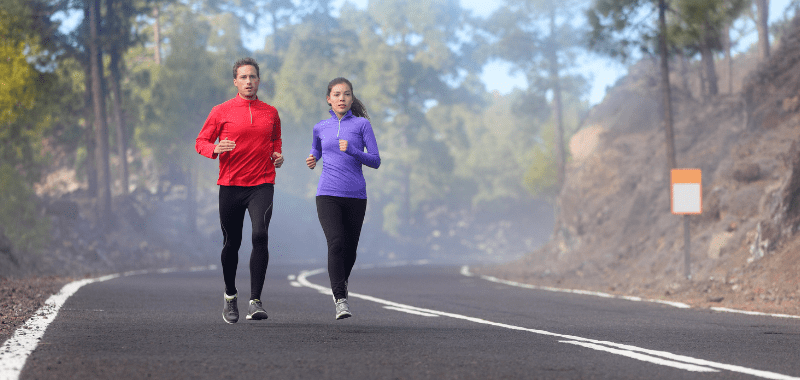
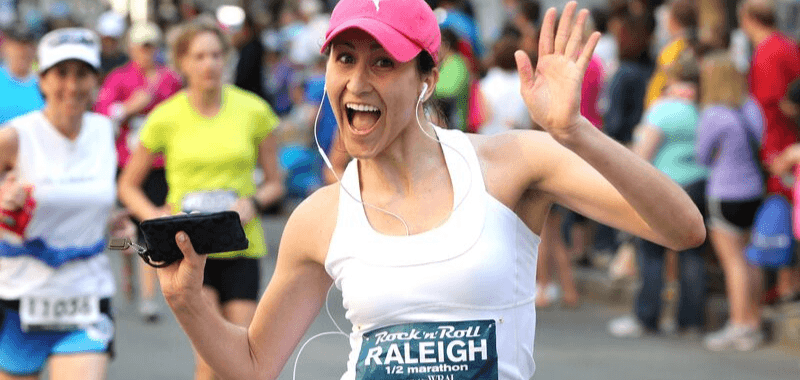
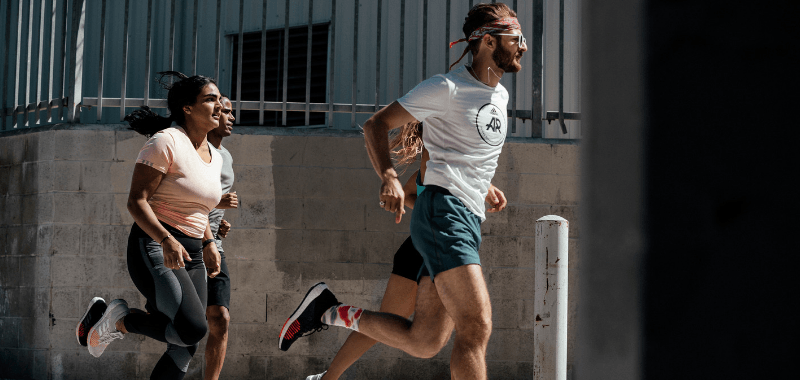
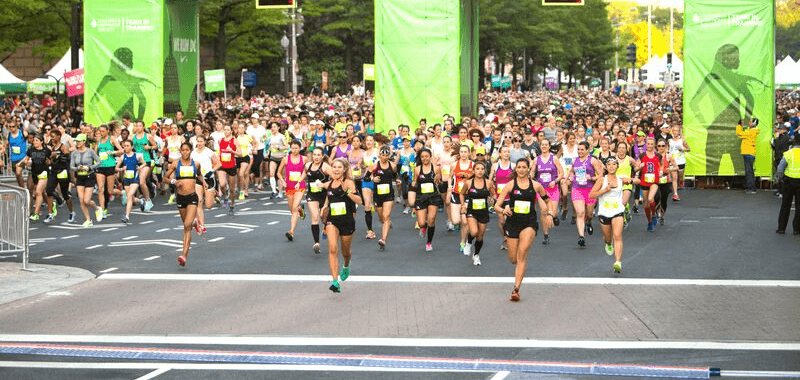


0 Comments